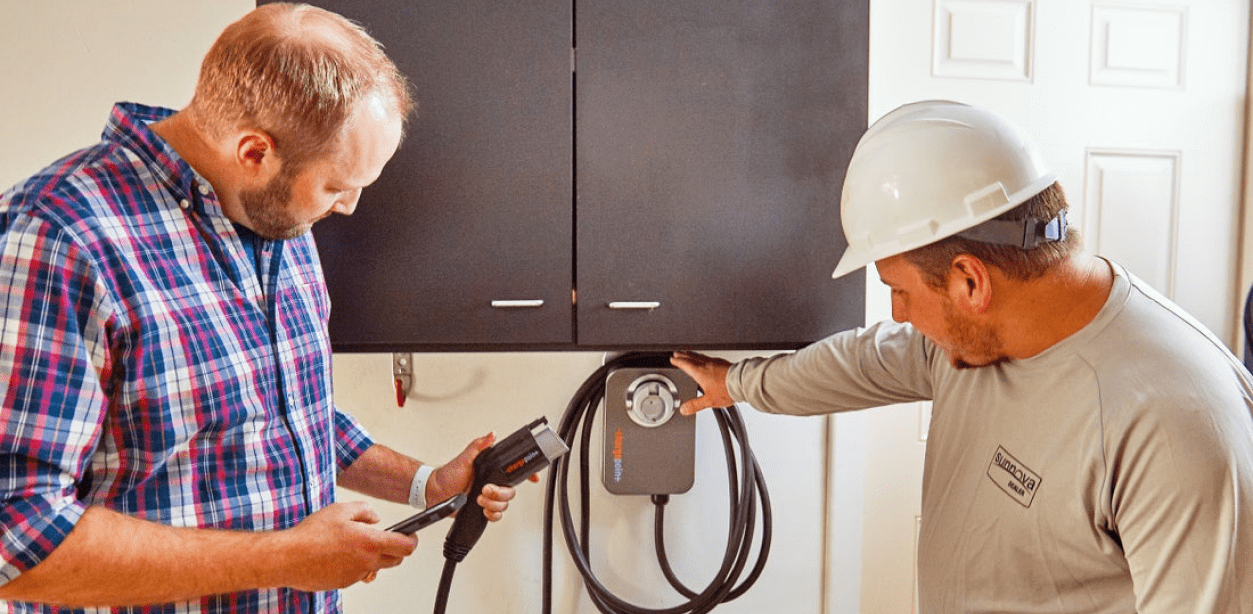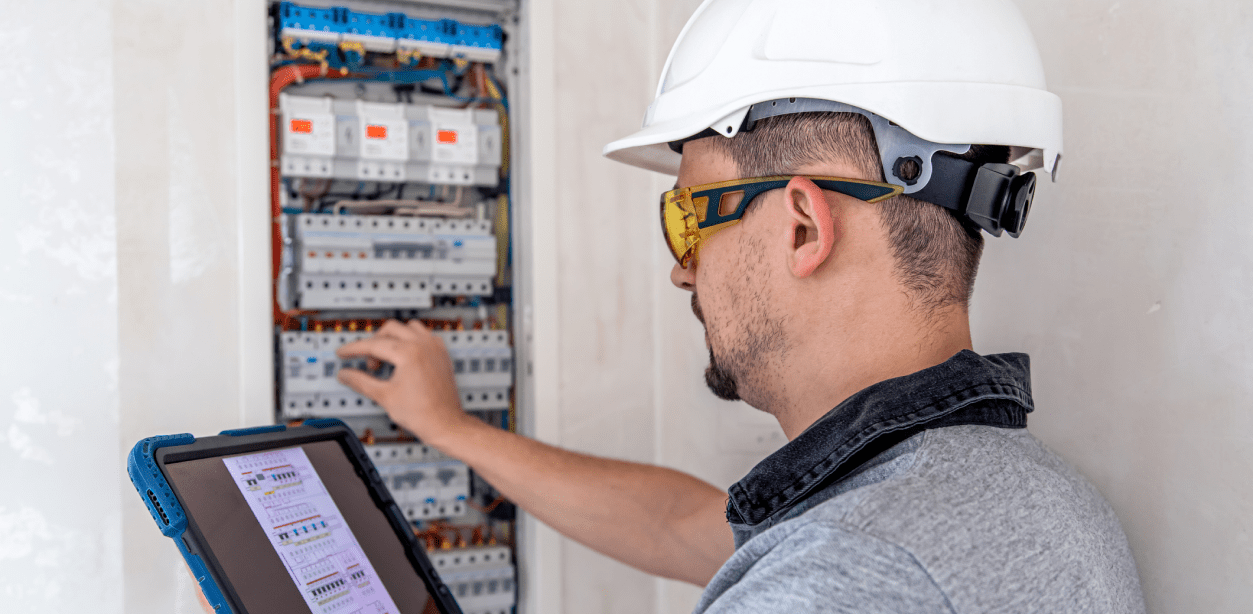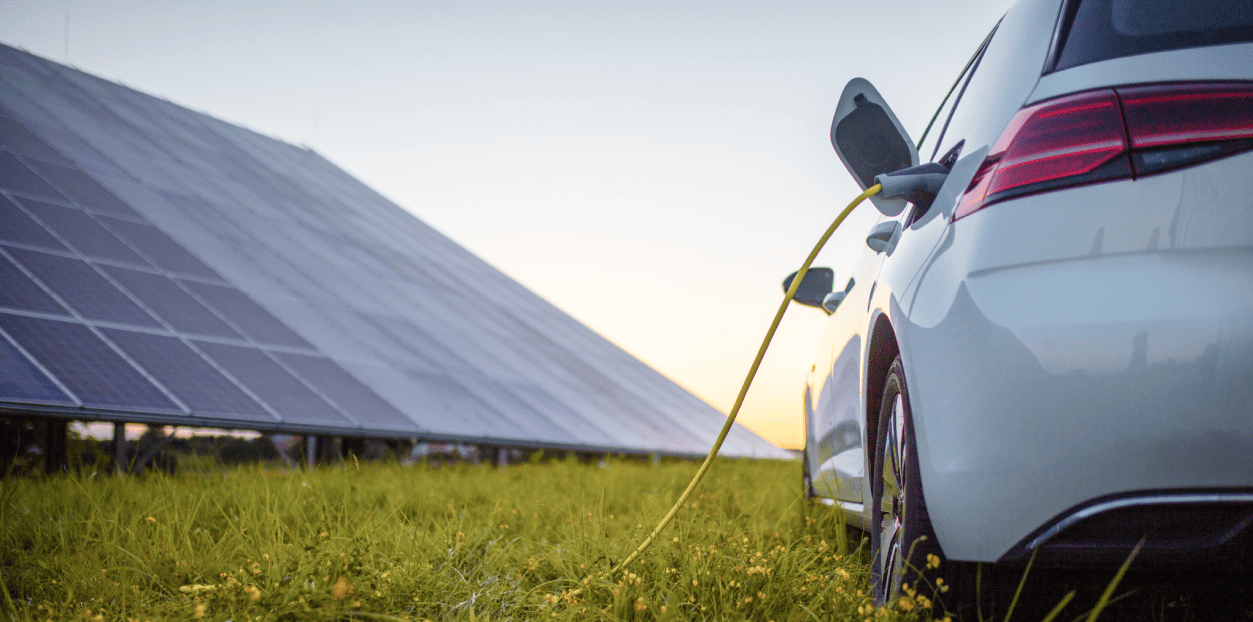

Quiet and economical, electric vehicles are zipping across America’s roadways ― and gaining traction by the day.
As more conscious drivers consider switching to emission-free vehicles, Congress passed legislation in 2022 to help make EVs more affordable to middle-income Americans.
These EV incentives, made possible by the Inflation Reduction Act (IRA), include a tax credit of up to $7,500 to buy an electric car (extended through 2032) and a newly established tax credit for used EVs of up to $4,000.*
There are a handful of eligibility requirements for these credits, ranging from buyer income caps to vehicle selling prices to manufacturing and assembly requirements.
Despite the caveats, it’s a step in the right direction.
Should You Buy an EV Now or Wait?
Electric vehicles are appealing to more drivers, whatever the allure ― saving on fuel and maintenance costs, reducing your carbon impact, cruising solo in the carpool lane or the high-performance handling. It took eight years to sell 1 million EVs, but the Edison Electric Institute (EEI) predicts it will take less than three years to sell the next million, putting us at an estimated 5.6 million annual EV sales by 2030.*
Still, with an average price tag of more than $61,000,* tax credits are crucial for making EVs a reality for many Americans.
With EV incentives changing, you may be wondering, “Should I buy an EV now or wait?” The answer is one of personal preference.
If you see an EV model you like today, it might not be available later on. However, new rules that go into effect on or after April 18, 2023, require batteries to contain a certain level of materials that originate in North America or in countries that have a free trade agreement with the U.S., which limits eligibility for a number of models (at least in the short-term).*
Other EVs won’t qualify for the tax credit because they are too expensive. The argument here is how much a driver will save on gasoline over the long term compared to investing in an EV today. As you can see, there’s a lot to consider.
As you research and compare different ranges and styles, if EV ownership is a part of your future plan, you can start preparing your home today.
Install a Home EV Charging Station

If you’re like most Americans, you’ll charge your vehicle primarily at home. There are two main types of home chargers: Level 1 and Level 2.

Level 1 EV Chargers
The ones you can plug directly into your wall through a standard outlet. However, these chargers take a long time, and your vehicle may not be fully recharged when plugged in overnight.

Level 2 EV Chargers
Recommended for home charging and add roughly 25 miles of range per hour compared to four miles with a Level 1 model.*
If you only plan to use your EV occasionally, a Level 1 charger may suit your needs. But if you intend to use your EV regularly, a Level 2 charger is your best bet. These faster chargers require a 240-volt power source and a dedicated outlet, so you may need minor electrical work to install the circuit.
Whether you install a Level 2 charger before you buy an EV or wait until you bring one home, you’ll need to gauge your electric capacity first.
Upgrade Your Electrical Panel

A majority of Level 2 home EV chargers pull between 40 and 60 amps of current, so keep that in mind as you’re considering your electrical capacity.
Most homes have a 100-amp panel, which would generally be fine if your EV charger was the only electrical load connected. However, if you include central AC, an electric dryer and an electric range, you’ll probably need to upgrade your electrical panel to account for EV charging.
What if your appliances are primarily gas? If you have a gas stove, gas water heater and no central AC, you may be able to install a Level 2 EV charger and just charge your vehicle at a lower speed (not the maximum charge rate). But in most cases, if you have a 100-amp panel, you’ll want to upgrade before using your Level 2 home charger.
A good rule of thumb: if your electrical panel doesn’t have room for additional breakers, plan on a main panel upgrade (MPU). A licensed electrician can help you determine whether or not your current electrical capacity can handle an EV.
Consider Charging Your EV with Solar Panels

If you’re pulling electricity from the grid to charge your EV, this can add up quickly ― especially if you live in an area that implements time-of-use (TOU) rates. Time-based rates have been standard in California for years. Now utilities in other states are starting to adopt similar plans, charging higher rates during high electricity demand, often between 4 and 9 pm. So, if you’re on time-based rates, it’s best to wait until after 9 pm to plug in your EV; otherwise, you’ll pay top dollar to use utility electricity.
However, if you have solar panels with battery backup, you can charge your EV with clean energy from the sun and drive a genuinely carbon-neutral vehicle. If you have a solar-only system (no battery), you can charge your EV during the day, when the sun is shining. But if you want to charge your emission-free vehicle in the evening after the sun has set, you’ll need to draw from the solar power stored in your solar battery.
Interested in learning more about charging your EV with solar panels?
In search of ways to remain profitable, savvy business owners are looking up — toward the sun.
The same 4.5-billion-year-old star that lights up the Earth can provide clean, abundant energy for your business. By installing commercial solar panels, you can focus on the aspects of business ownership within your control, and bolster your company’s resilience to outside forces.
Invest in a Standby Generator for Backup Power

Power outages are another element to consider if you're thinking about buying an EV. As severe weather increases and planned safety power shutoffs (PSPS) take effect across California, you may find your EV battery still drained one morning if you’ve lost power for an extended period during the nighttime.
If you have a solar battery, your EV can draw on stored solar energy if an outage occurs. But that battery only lasts so long, and it has to power other essentials like your HVAC, refrigerator and lights. If you live in an area prone to outages (especially lengthy ones), consider installing a standby generator, which can help ensure your home and EV stay charged if the grid fails.
If your outages are brief or a solar plus storage system isn’t practical for your home, a standby generator can recharge your EV battery and give you peace of mind during severe weather or anytime the grid becomes unstable.*
Where to Start?
At Sunnova, we’ve got you covered. We offer main panel upgrades, Level 2 EV chargers, solar panels, solar plus battery systems and standby generators.
If you’re unsure where to start, talk to one of our energy service professionals about your specific needs. As more homeowners are looking for greater energy reliability, it’s our mission to deliver power as a service ― when you need and how you need it.